The real-life, 300-year-old story behind “Silence,” Martin Scorsese’s upcoming passion project set in Japan
Diplomacy in the Vatican has been changing fast under Pope Francis, who has pushed the Roman Catholic Church to shift its gaze toward what he calls “the peripheries.”
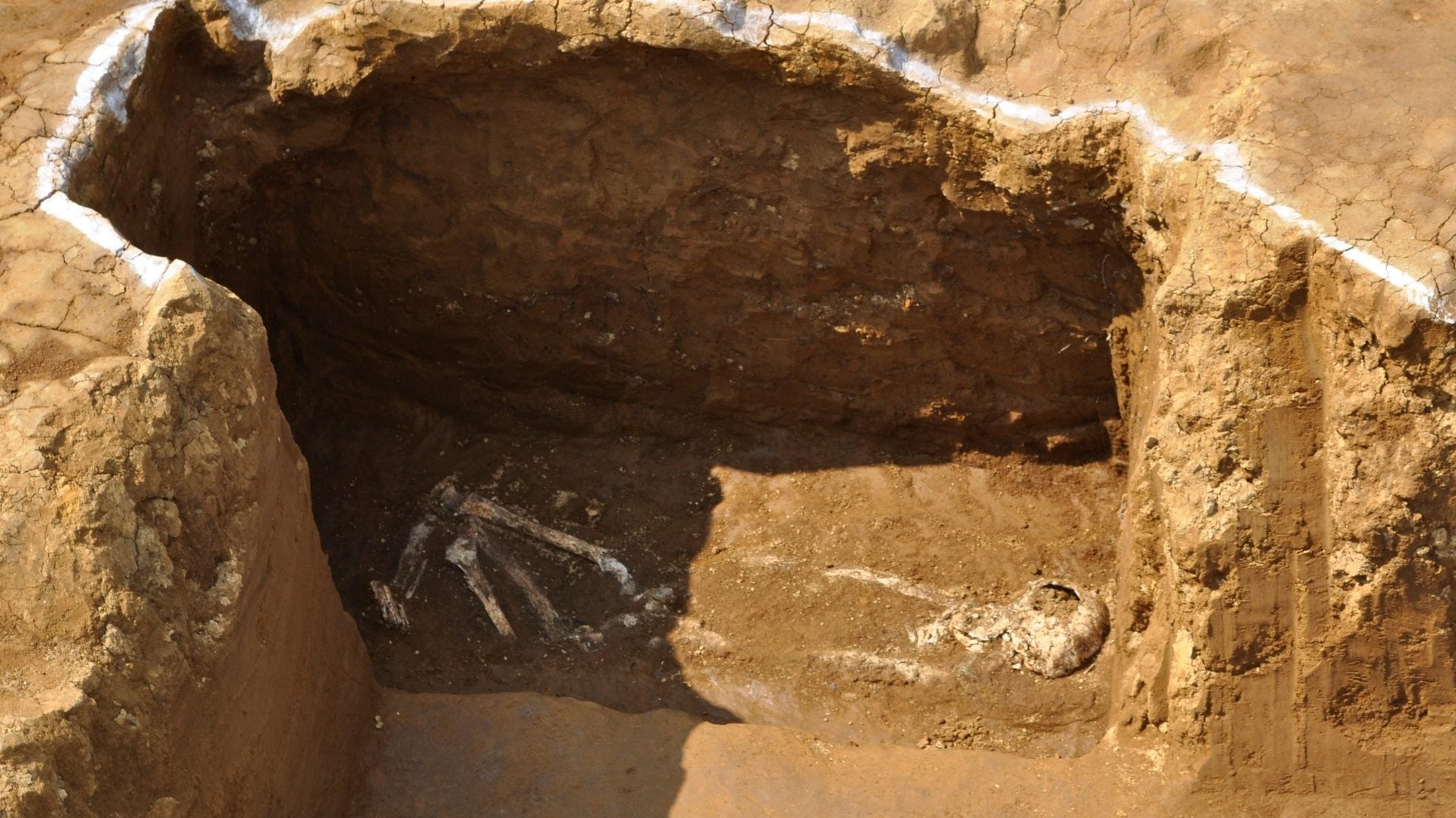

Diplomacy in the Vatican has been changing fast under Pope Francis, who has pushed the Roman Catholic Church to shift its gaze toward what he calls “the peripheries.”
These are those lands where the Catholic faith is practiced by a minority, or which have not been seen as strategically important until now. The pope has been making overtures toward China, and the recent, fast-tracked canonization of Mother Teresa shows how keen the pontiff is on expanding eastward, beyond the Catholic Church’s more traditional grounds.
One of the peripheries is Japan, where a chance archaeological discovery in Tokyo, and renewed interest in the first Christian samurai, raise the possibility of new beatifications in Japan—a country where less than 1% of the population professes to be Christian. It’s a push with links to the Church’s activities there three centuries ago.
Things heard from the West
A few months ago, the bones of Italian priest Giovanni Battista Sidotti—sometimes called “the last missionary”—were transferred to St. Mary’s Cathedral in Tokyo. His remains, and the special prison for Christians that held him until his death in 1715, were discovered by chance at a construction site in the Japanese capital in 2014. In April, DNA tests confirmed the bones were his.
The prison that held him, called the Kirishitan Yashiki, or the “Christian mansion,” was designed for followers of the then-forbidden Christian religion. Two more sets of human bones were recovered. While still unidentified, they are likely those of two guards—an elderly couple known only as Chosuke and Haru—that Sidotti managed to convert while in captivity (the upshot being that they too were left to die in the prison).
Today, a large luxury condo with an adjoining parking lot occupies the site. Aside from two commemorative steles and an inscription nearby, there’s little to tell passersby of the ancient detention facility and its grim contents.
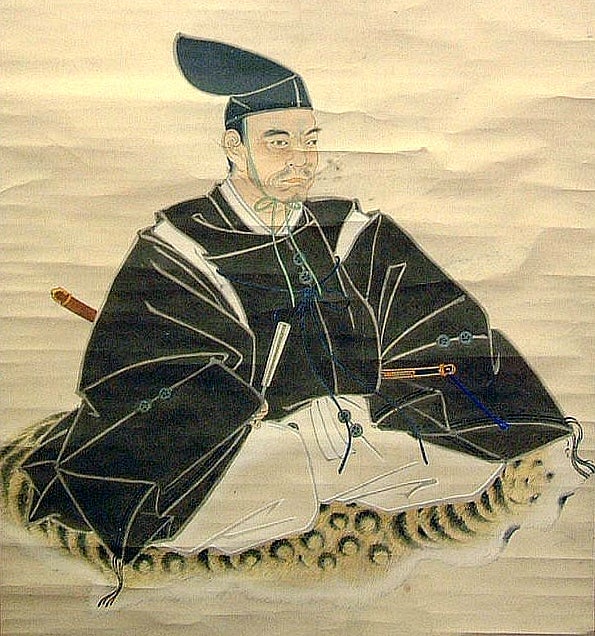
Yet many Japanese scholars today credit Sidotti with being uniquely instrumental in the modernization of the country, as his conversations with his interrogator, the prominent Confucian scholar Arai Hakuseki, were turned by the latter into a highly influential volume. Called Seiyo Kibun (or “Record of Things Heard from the West”) it helped to introduce Western technology and especially geography to Japan.
Sidotti died of hunger in a pit, but he was buried in the Christian style, which suggests that his jailer had taken a shine to him and his religion in spite of being a Confucian.
The story of Sidotti was one of the strongest inspirations behind Silence, a prize-winning novel by Japanese Catholic writer Shusaku Endo. More recently Martin Scorsese turned the 1966 book into a movie starring Liam Neeson. It’s set for release in December, Scorsese said this week.
Sidotti’s story is a convoluted, easily romanticized one, and the discovery of his remains has the small Japanese Catholic community ecstatic. “It is such a joy, for me, at 82 years old, to receive the news that Sidotti’s bones have been found, after 300 years,” said Rev. Mario Canducci, a Franciscan priest who has spent more than half a century in Japan. “Our very saint Sidotti!” he added, although no official canonization is yet under way at the Vatican.
Sidotti, born in 1668 in Palermo, took orders at a young age and received a rare approval from Pope Clement XI to travel to Japan. This was one and a half centuries after the country had banned Christianity and missionaries altogether—and when deciding to leave for Japan to engage in proselytism was nothing short of suicidal.
Rough treatment
Japan and Christianity had proven to be a very hard match. The religion arrived on the nation’s coasts in 1549, when St. Francis Xavier, a Spanish missionary who dreamed of evangelizing China and Japan, arrived on the island of Satusma. Initially, the faith spread fast, with a few prominent local rulers making public conversions—a development that greatly annoyed the Japanese. Shortly thereafter, the warlord Toyotomi Hideyoshi—also known as the “second unifier” of the country—forbade the pesky proselytizers from setting foot in Japan.
The main point of friction was the suspicious idea of professing loyalty to the pope in Rome. Many non-European rulers saw him as nothing more than a foreign earthly king, which put into question the loyalty of their own subjects.
Also, Buddhist and Shintoist prelates, who had paramount influence at the court, watched the newly imported religion with horror, and successfully pressured the authorities to get rid of it. Christianity was labeled as the very opposite of what was deemed to constitute the Japanese moral and religious temperament, defined at the time as the Shinto way, Confucian ethics, and Buddhist law.
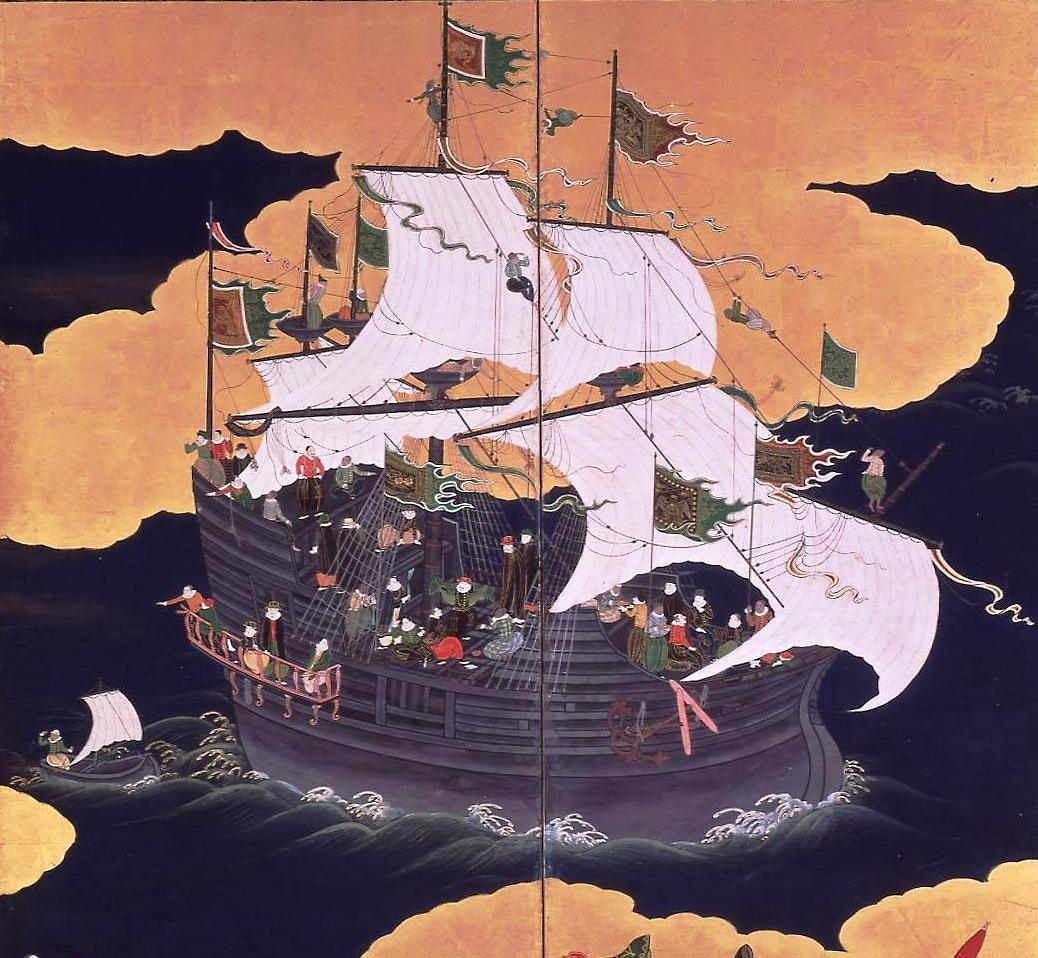
But it was not only a matter of doctrine. Portuguese missionaries had arrived with traders, who had given guns to daimyos (feudal warlords). That conferred a military advantage that was unacceptable to the local authorities.
In 1597, 26 Christians were crucified in Nagasaki—18 Japanese and eight Europeans, who were eventually sanctified in 1862 by Pope Pius IX. Through the decades, the ban was applied with growing sternness, until in 1614 the whole of Christianity was proscribed. Churches were destroyed, and the daimyos were ordered to deport any converts in their domains to Nagasaki. Converted daimyos and samurais were expelled from the country, with some reaching the Spanish-ruled Philippines, or Portuguese Macao and Goa.
Over 200 Christians were killed, and successively beatified by the Catholic Church. The situation became further complicated by the Shimbara Rebellion, a revolt against the local daimyo staged by mostly Christian converts.
Eventually, as the initial impact with Western traders and missionaries was being absorbed, the whole country sealed itself off under the sakoku policy. No Japanese was allowed abroad—at least officially—and no foreigner could step on Japanese soil outside of a few well-defined and guarded places.
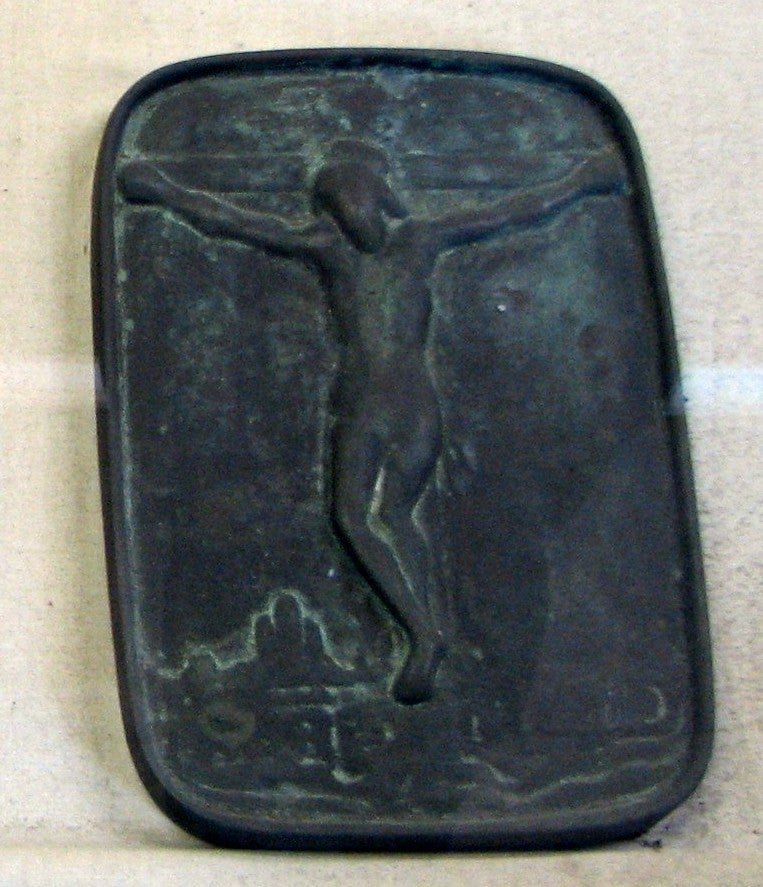
Throughout parts of the 17th and 18th centuries, Japan kept only three circumscribed areas of its territory semi-open to trade with non-Japanese. In the north, commerce was conducted with the Ainus of Hokkaido. The island of Tsushima, in the Korean Strait, allowed contacts and exchanges with Korea. Chinese and Western traders were allowed to reside only in Dejima, a small island connected by a slim bridge to Nagasaki.
All proselytizing was forbidden, under pain of death, and Bibles or other devotional material were not allowed into Japan even for personal use.
Seduced by tales of martyrdom and secret Christians, Sidotti had sailed from Manila disguised as a samurai—hair in a knot and sword by his side. While there, he had probably heard tales of the Kakure Kirishitan, the “hidden Christians” who had taken their beliefs underground, even as they publicly abjured their faith in Christ by spitting and stepping on a cross or a picture of the Virgin Mary.
A quixotic venture
Given this background, the arrival of Sidotti in 1708 was clearly part of a quixotic venture that to this day has many Catholic scholars and Japanese experts puzzled. Aldo Tollini, professor of Japanese at Venice University in Italy, told Quartz:
We cannot look at Sidotti solely in a positive way. When he converted Chosuke and Haru, his wardens, he clearly put their lives at risk. We know that the three of them died of starvations in earthen pits, from which he kept exhorting the couple not to abjure the faith—had they done so, their lives would have been spared. But if we look at Sidotti from a secular point of view, his contribution to Japanese modernization is invaluable, for sure, thanks to the conversations he had with Arai.
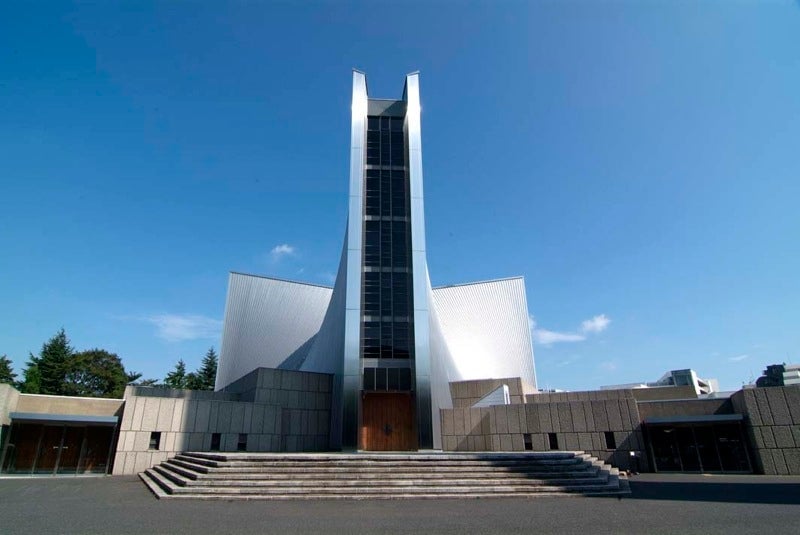
Rev. Canducci is less critical of Sidotti, and believes that “as any martyr, our holy Sidotti ought to be made a saint.”
Sidotti will most likely be beatified. It remains to be seen whether he achieves sainthood, which requires either martyrdom or miracles (defined as healing that cannot be explained by science).
Meanwhile the pope, continuing his expansion to the “peripheries,” also plans to beatify the first-ever Christian samurai in February 2017.
Takayama Ukon was expelled to the Philippines for refusing to renounce the faith, and died there in 1615. Though he was largely forgotten in Japan for close to half a millennium, a few years ago his story resurfaced thanks to a popular historical drama broadcast on NHK.
Many viewers became fascinated by “Dom Justo Takayama,” finding him both familiar and exotic. The Pope’s decision to beatify him is sure to be noticed in this “periphery” of the Christian faith.
You can follow Ilaria on Twitter at @ilariamariasala.